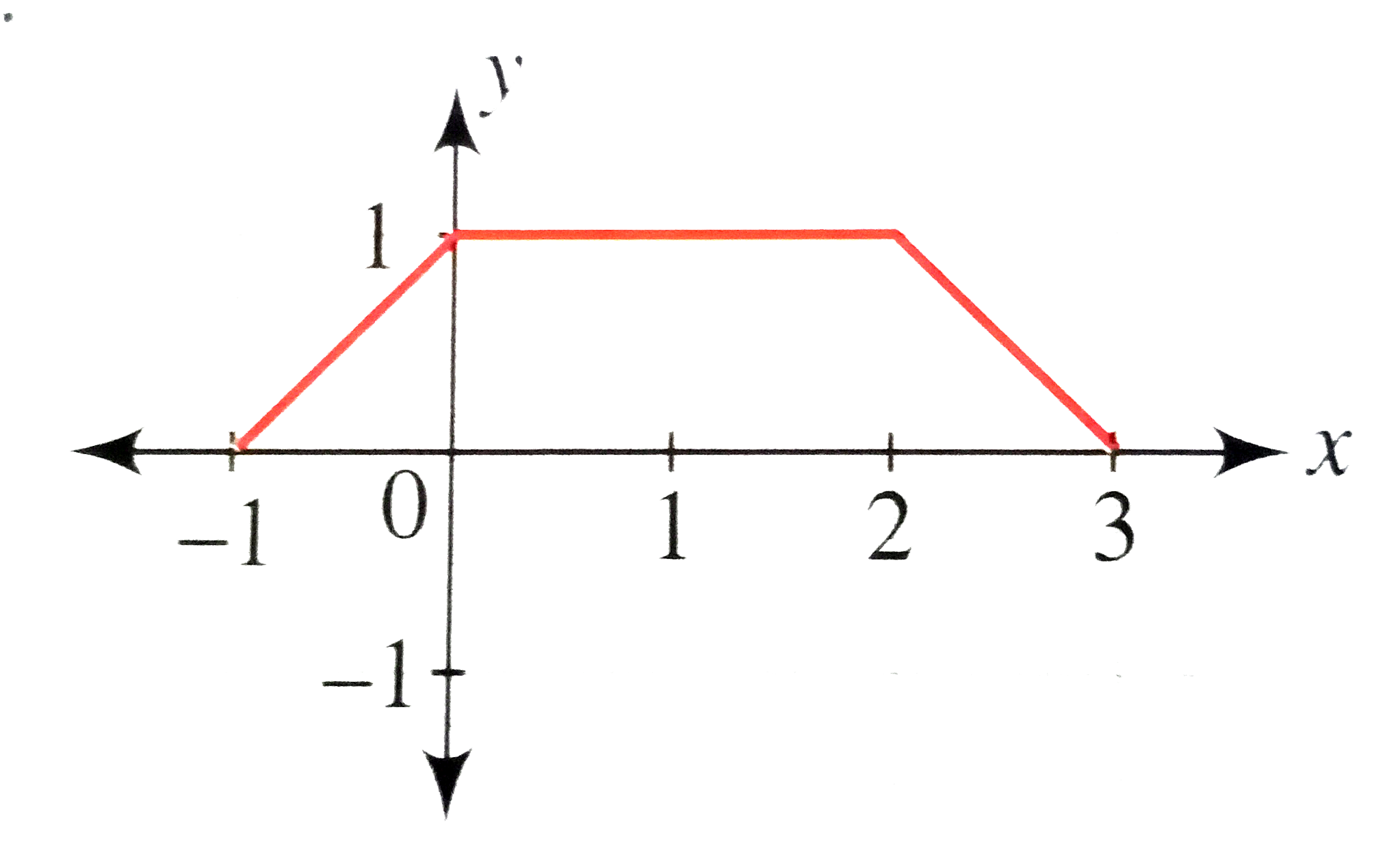A rectangle where , undergoes the following transformations successively: The final figure will be square (b) a rhombus a rectangle (d) a parallelogram
a square
a rhombus
a rectangle
a parallelogram
The correct Answer is:D
Clearly,A will remain as will make B as (0,4) , will make it , and will make it will make C as will make it (14,4) and will make it (5,9). Finally, will make D as (2,0) will make it (2,0) and will make it (1,1) so, we finally get , and . Hence,
,
,
Hence, the final figure will be a parallelogram.

Topper's Solved these Questions
- COORDINATE SYSYEM Book:CENGAGE ENGLISHChapter:COORDINATE SYSYEM Exercise:Multiple correct
Explore 13 Videos
- COORDINATE SYSYEM Book:CENGAGE ENGLISHChapter:COORDINATE SYSYEM Exercise:Linked
Explore 10 Videos
- COORDINATE SYSYEM Book:CENGAGE ENGLISHChapter:COORDINATE SYSYEM Exercise:Concept applications 1.6
Explore 9 Videos
- COORDINATE SYSTEMBook:CENGAGE ENGLISHChapter:COORDINATE SYSTEMExercise:Multiple Correct Answers Type
Explore 2 Videos
- CROSS PRODUCTS Book:CENGAGE ENGLISHChapter:CROSS PRODUCTS Exercise:DPP 2.2
Explore 13 Videos
Similar Questions
If the square ABCD, where A(0,0),B(2,0)C(2,2)andD(0,2) undergoes the following three transformations successively
(i) f1(x,y)→(y,x)
(ii) f2(x,y)→(x+3y,y)
(iii) f3(x,y)→(x−y2,x+y2)
then the final figure is a
View SolutionFor what values of x and y are the following matrices equal? A=[2x+12y0y2−5y] , B=[x+3y2+20−6]
View SolutionThe following line(s) is (are) tangent to the curve y=x2−x (A) x−y=0 (B) x+y=0 (C) x−y=1 (D) x+y=1
View SolutionThe figure formed by the lines ax±y±c=0 is a. a rectangle b. a square c. a rhombus d. none of these
View SolutionExamples :- If x;y∈{1;2;3;4};then which of the following are function in the given set ? (a) f_1={(x;y):y=(x+1)} (b) f_2={(x;y):y4 (d) f_4={(x;y):x+y=5}
View SolutionThe equation of the incircle of equilateral triangle ABC where B≡(2,0),C≡(4,0), and A lies in the fourth quadrant is: (a) x2+y2−6x+2y√3+9=0 (b) x2+y2−6x−2y√3+9=0 (c) x2+y2+6x+2y√3+9=0 (d) none of these
View SolutionGiven the graph of y=f(x).

Draw the graphs of the followin.
(a) y=f(1−x) (b) y=−2f(x)
(c) y=f(2x) (d) y=1−f(x)
View SolutionIf a function satisfies (x-y)f(x+y)-(x+y)f(x-y)=2(x^2 y-y^3) AA x, y in R and f(1)=2, then a) f(x) must be polynomial function, b) f(3)=12, c) f(0)=0, d) f(x) may not be differentiable.
View SolutionLet f(x) be defined for all x>0 and be continuous. Let f(x) satisfies f(xy)=f(x)−f(y) for all x,yandf(e)=1. Then (a) f(x) is unbounded (b) f(1x)→0 as x→0 (c) f(x) is bounded (d) f(x)=(log)ex
View SolutionThe factors of x3−x2y−xy2+y3 are
(a(x+y)(x2−xy+y2)
(b) (x+y)(x2+xy+y2)
(c)(x+y)2(x−y)
(d) (x−y)2(x+y)
View Solution